Rocío Tapas y Sushi: a blockbuster
Summary:
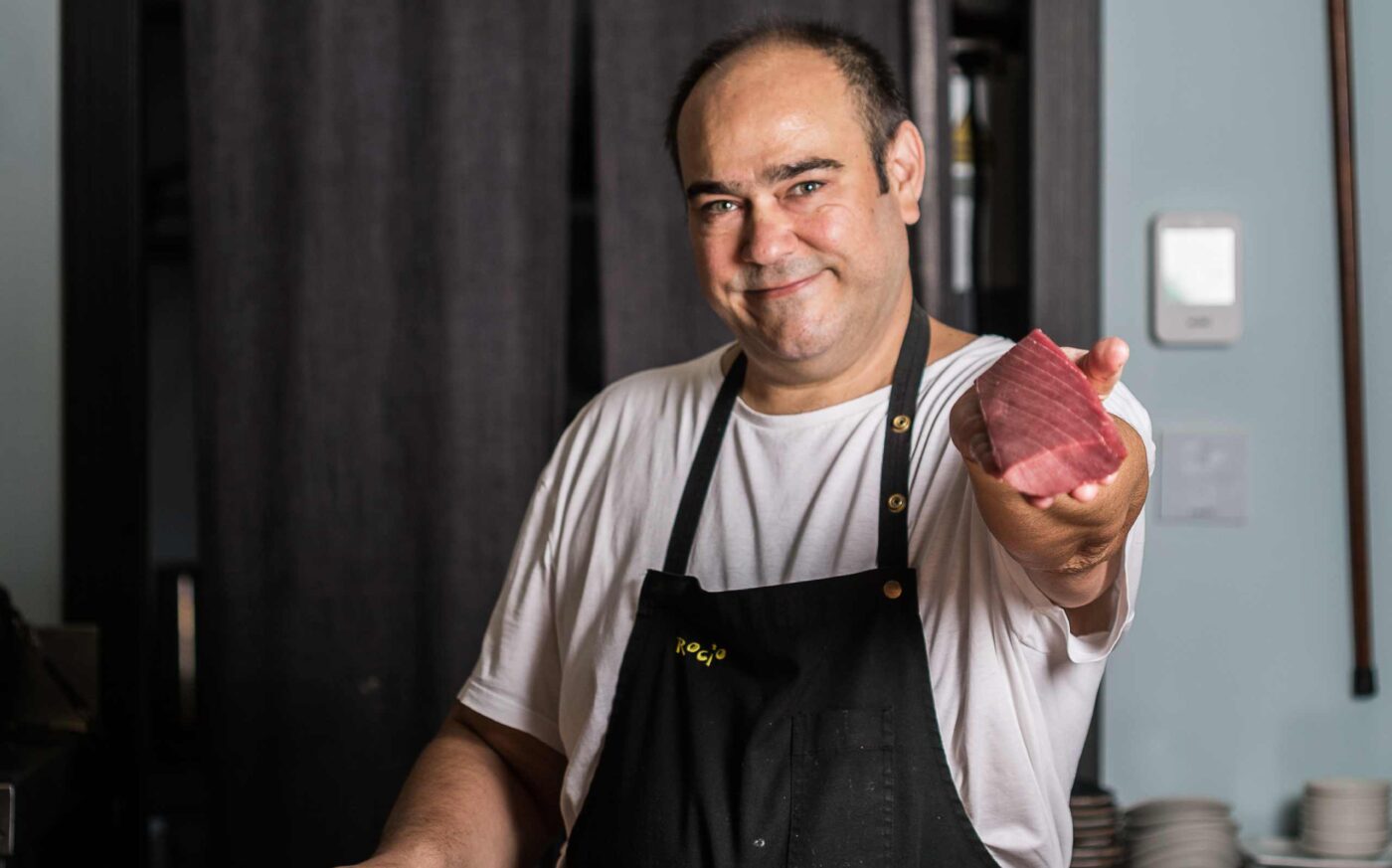
A logbook by Sensei Hiroshi Umi.
Supposedly the film director Isabel Coixet and local lad Antonio Banderas are thinking of lending a cinematographic treatment given to this tale of cookery and biography, a thrilling story that, as they would say in the USA, is larger than life. There is still time for them, or other documentary scriptwriters in the style of Chefs Table (Netflix), to take a visual approach to this wonderfully twisting tale, although one of the main protagonists is no longer with us.
The pulse of the story can still be felt, though, under the surface at Rocío Tapas & Sushi, a modest sushi venue in the district La Luz de Málaga, personified by a wonderful chef. At an establishment with the outward appearance of a neighbourhood café or summer ice cream parlour, a noble and capable, modest and quite brilliant man by the name of Juan Bautista García Martín goes about his daily business. hIn a matter of just a few years, the Malaga-born chef has turned his modest business into one of the most formidable sushi venues in Spain, an izakaya “that gives the people of Malaga the chance to become increasingly familiar with Japanese culinary culture,” as he explains the purpose of the venture.
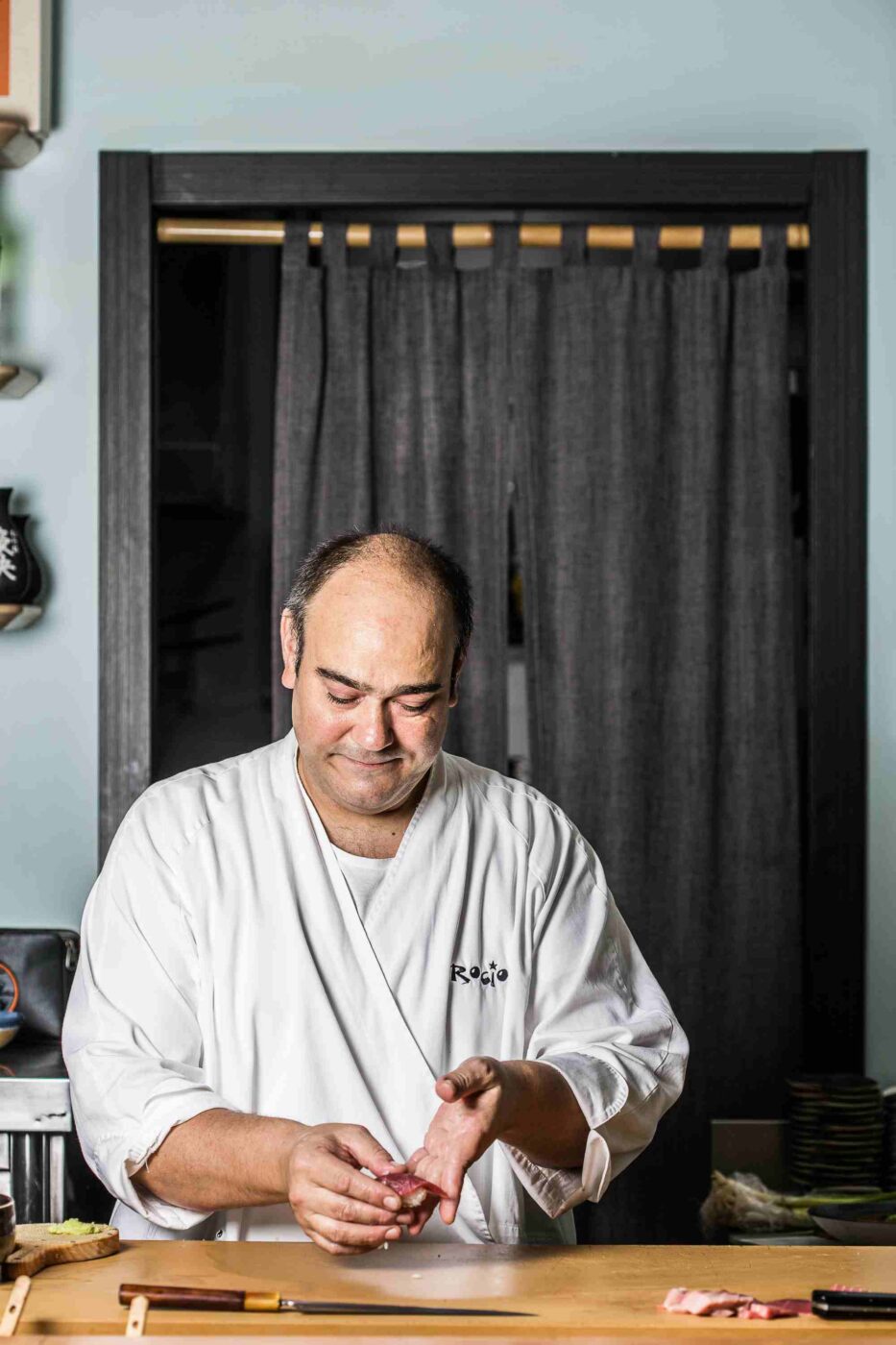
Learning from the master: Masao Kikuchi
With an almost innate love of cooking, Juan Bautista trained under such legends as Hilario Arbelaitz (Zuberoa, a restaurant which is no longer with us), and the two-starred Ramón Freixa. But the real milestone in his life was when he encountered and soaked up the great wisdom and professional skill of Masao Kikuchi, a man worthy of a documentary. “Kikuchi died at the age of 86, and his life could be a film script. He had run into the mountains from Hiroshima at the age of 9. He learned in his uncle’s restaurant as a child. I met him in Guadalpín, Marbella, when he had Taro Guadalpín. He was one of my drinking buddies. He had just closed down Tokio Taro in Madrid. In Marbella he served the same as we do here. A few nigiris, a few hosomakis, sashimis, the odd gyoza, all quality fish, tenpura…,” he explains.
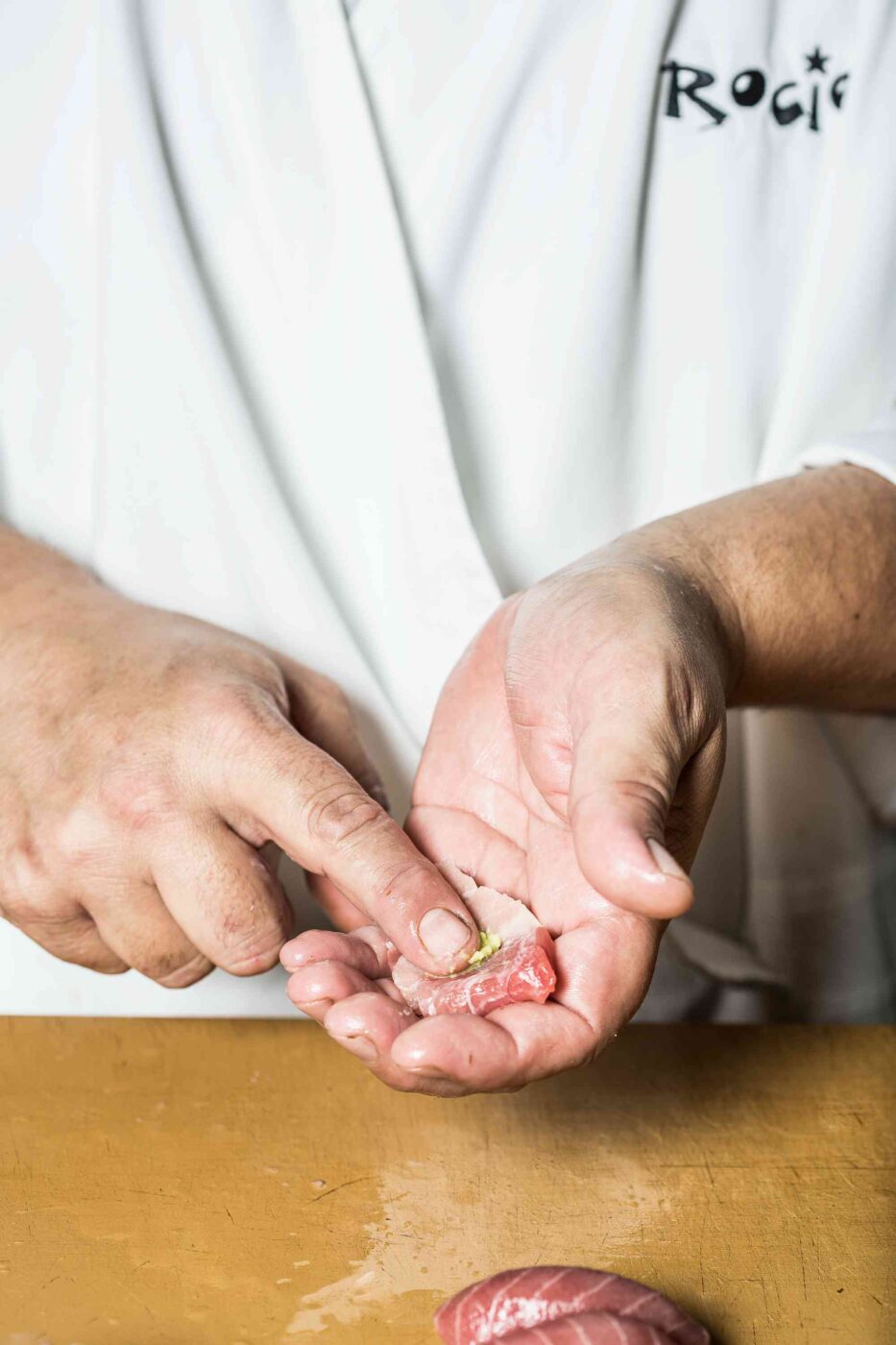
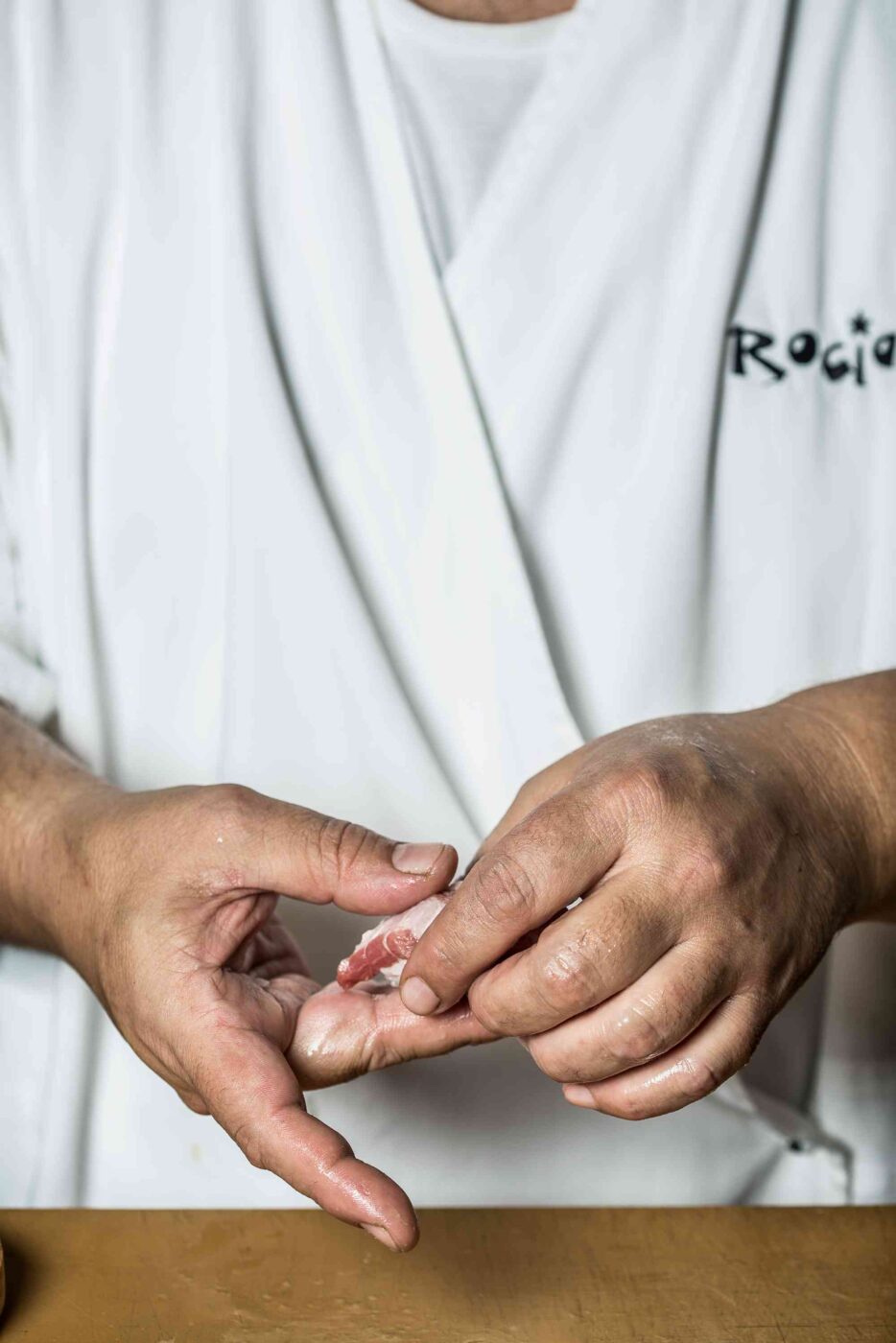
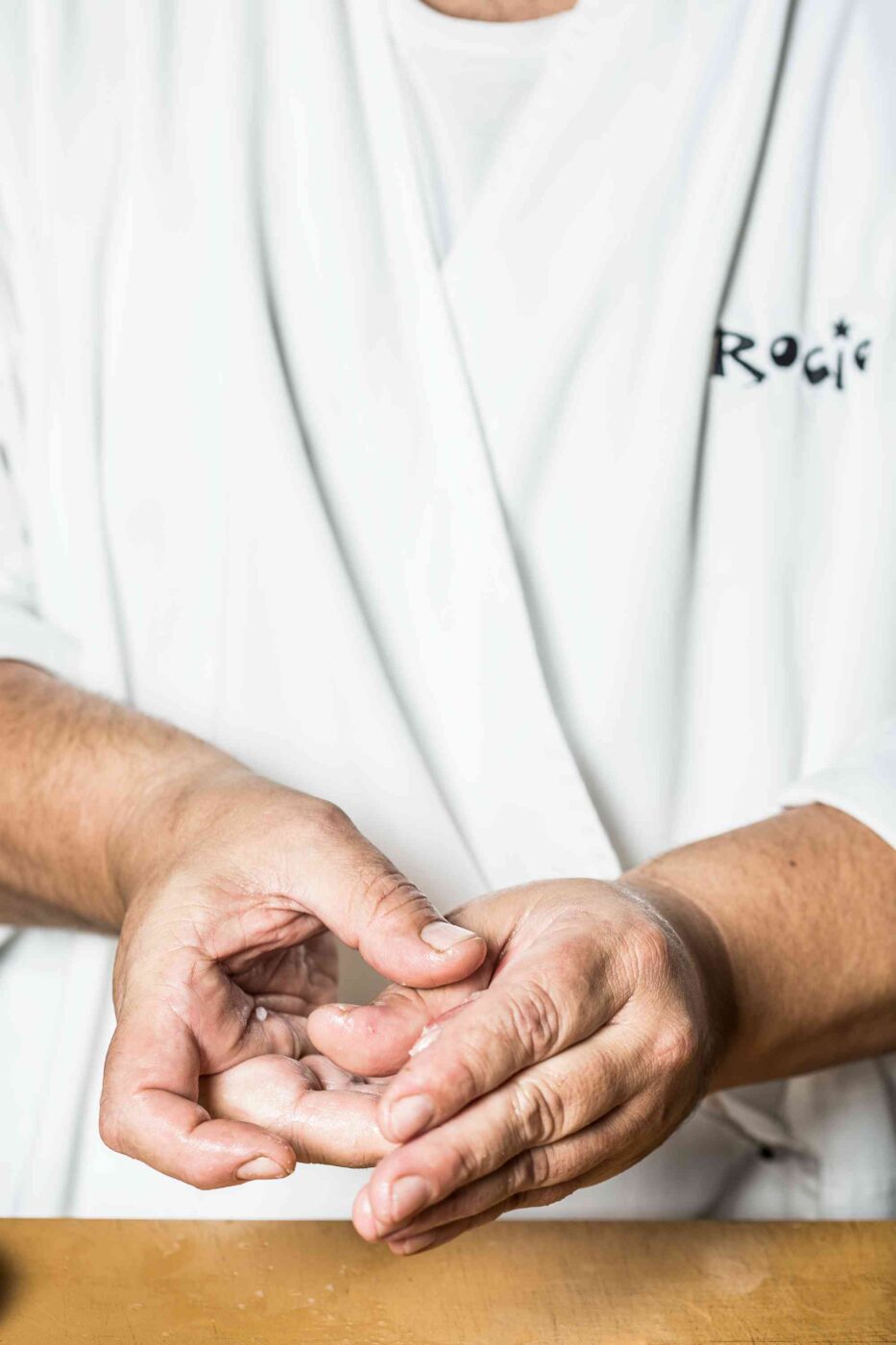
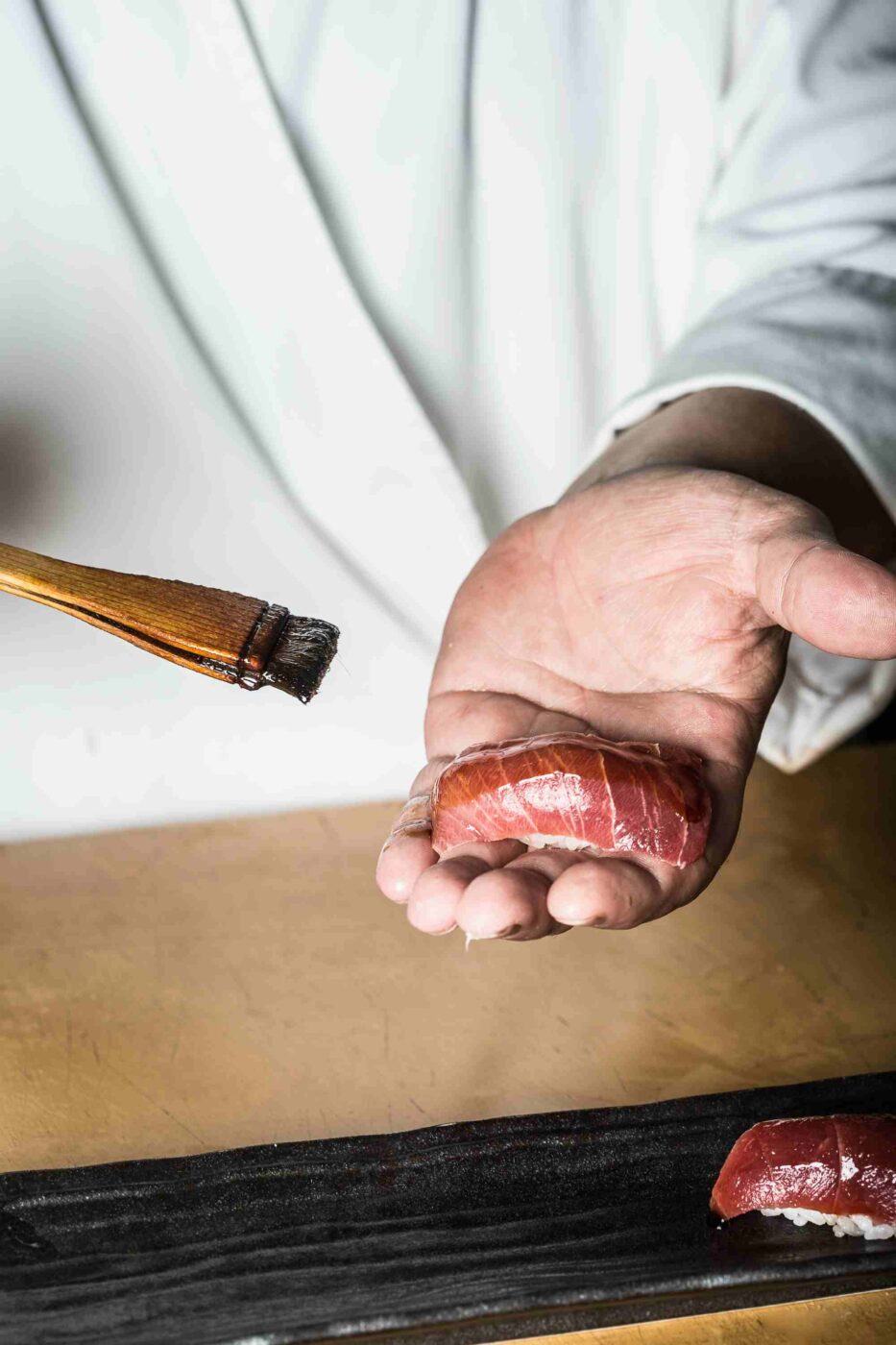
They had practically become family, and with Kikuchi unwell and losing his eyesight, “in May 2010 we opened this little eatery together. And word got around about who Kikuchi was. It was something else. Queues and queues of people…”. Juan Bautista and his wife took the sensei in at their home in Malaga, as a venerable senior citizen in need of love and care. In turn, Kikuchi gave them an insight into his culinary magic. “For two years I didn’t ask him a single question. He put on his apron, cap and yukata, and led the way. He inspired huge respect. I closed it down when I was earning more money than I had in my life, because I couldn’t bear the idea of him falling ill under the workload. I reopened two streets away and he abandoned me. He didn’t come, because he was angry. People were expecting Kikuchi’s sushi, and they found mine. Quite a difference. I got things up and running, and two months later he appeared. He stood there at the chopping board, as if to say “get out of here”. I just watched and learned. I got the knack of it, and set about making nigiris. I spent 12 years soaking it all up,” he recalls.
The fact is that the books recounting the history of Japanese cuisine in Spain would have to state that Kikuchi introduced the country to sushi. He taught plenty of people, including such leading lights as Ricardo Sanz (formerly of Kabuki). “He had businesses in Hawaii, in Alaska, in Los Angeles… He was at the Hilton chain all round the world, and even cooked for the Emperor Hirohito. And that is an indescribable honour for a Japanese person. To reach that level you have to be a god in the kitchen. In 1985 he settled in Madrid, looking for good fish and good seafood, but at a good price, and that really appealed to him as a chef. And then he left for Marbella.
Like any good Japanese person, he enjoyed the pleasures of life. He used to say: ‘Money not important’. There’s a scene in The Godfather II where he appears playing blackjack. He was like a father to me, a teacher,” the chef recounts while preparing a maguro chiai (a casserole of tuna dark meat or chiainiku, with the water changed regularly), which melts in the mouth, full of succulence and a lingering aftertaste. The finest marmitako you could ever try.
Rocío Tapas & Sushi, with bluefin tuna at the heart of the equation
You can sense in every dish by Juan Bautista the balance, the respect and the loving care that Kikuchi gave to all his creations. At the heart of the equation, bluefin tuna. “I get through around 14 kg a week, depending on the size of the piece. I would say that the belly is OK after being aged for a week. The loin needs around a fortnight. Always at 70% humidity and with the temperature kept at one degree. I like small, creamy, velvety belly cuts with a fine grain,” he admits.
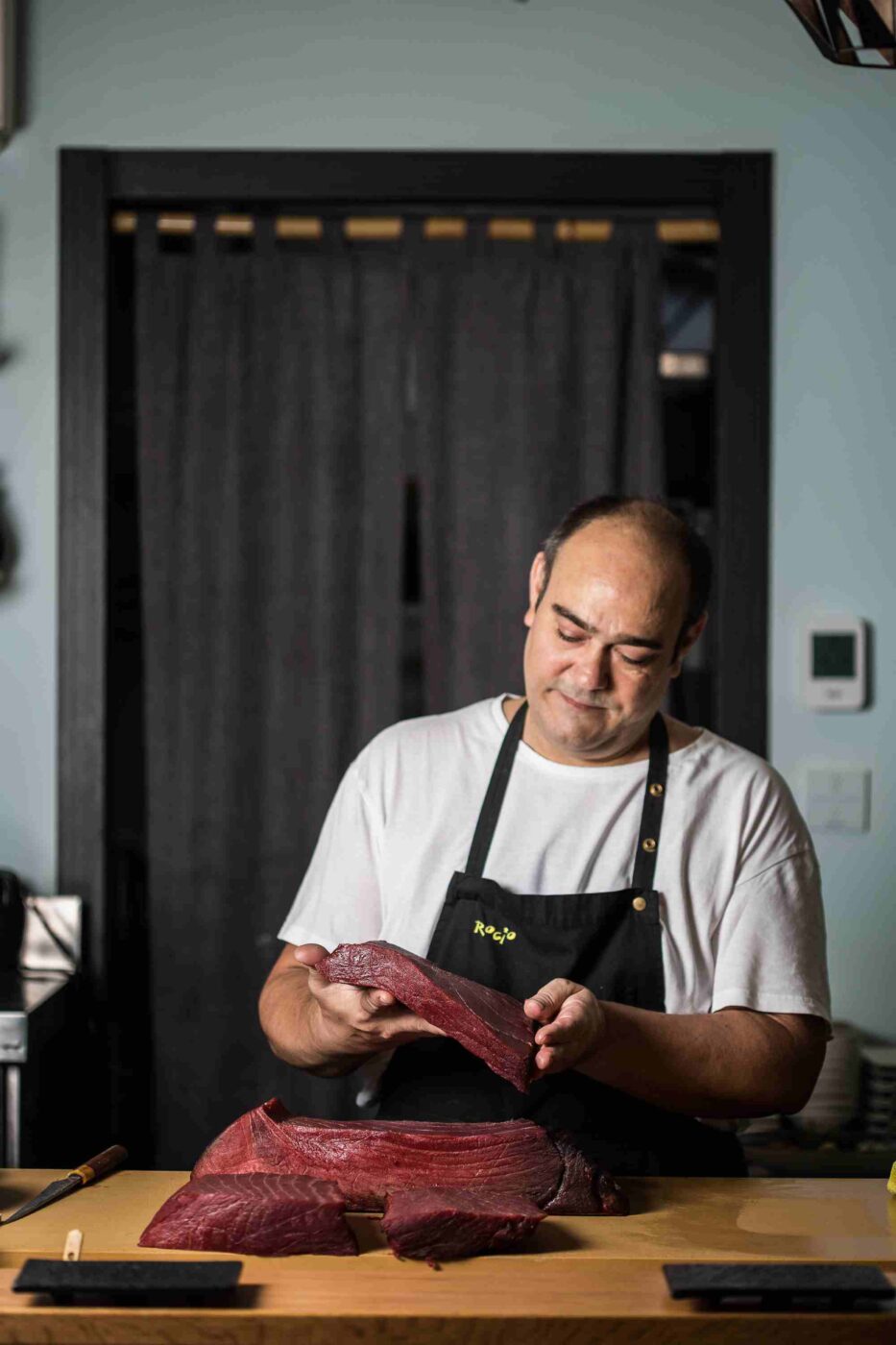
Among his recipes – unquestionably tasty and with some sublime flashes – a natto tare (fermented soy with a sticky, viscous texture) with belly “done the Japanese way. I don’t change a single thing, cooking it with sarashinegi, or spring onion”, to which he adds wasabi from the Izu peninsula; karashi maguro, or spicy tuna “was invented by Kikuchi in Hawaii. He took it from a salad, and we serve it cut kakuzuri-style, diced. This is our star dish, a real izakaya classic. It has a soy, oil, wasabi and sichimitougarichi, a mixture of seven spices,” Juan Bautista explains.
The chef then produces a yakamake maguro “which symbolises or signifies snowy mountain, with a spicy chutoro with wasabi. It’s made with nagaimo (yam), grated potato and juliennes of nori seaweed”. The selection of sashimi moriawase reveals all he has learned, in terms of cuts and precision. He tells us that he practically works alone, out of conviction and concept.
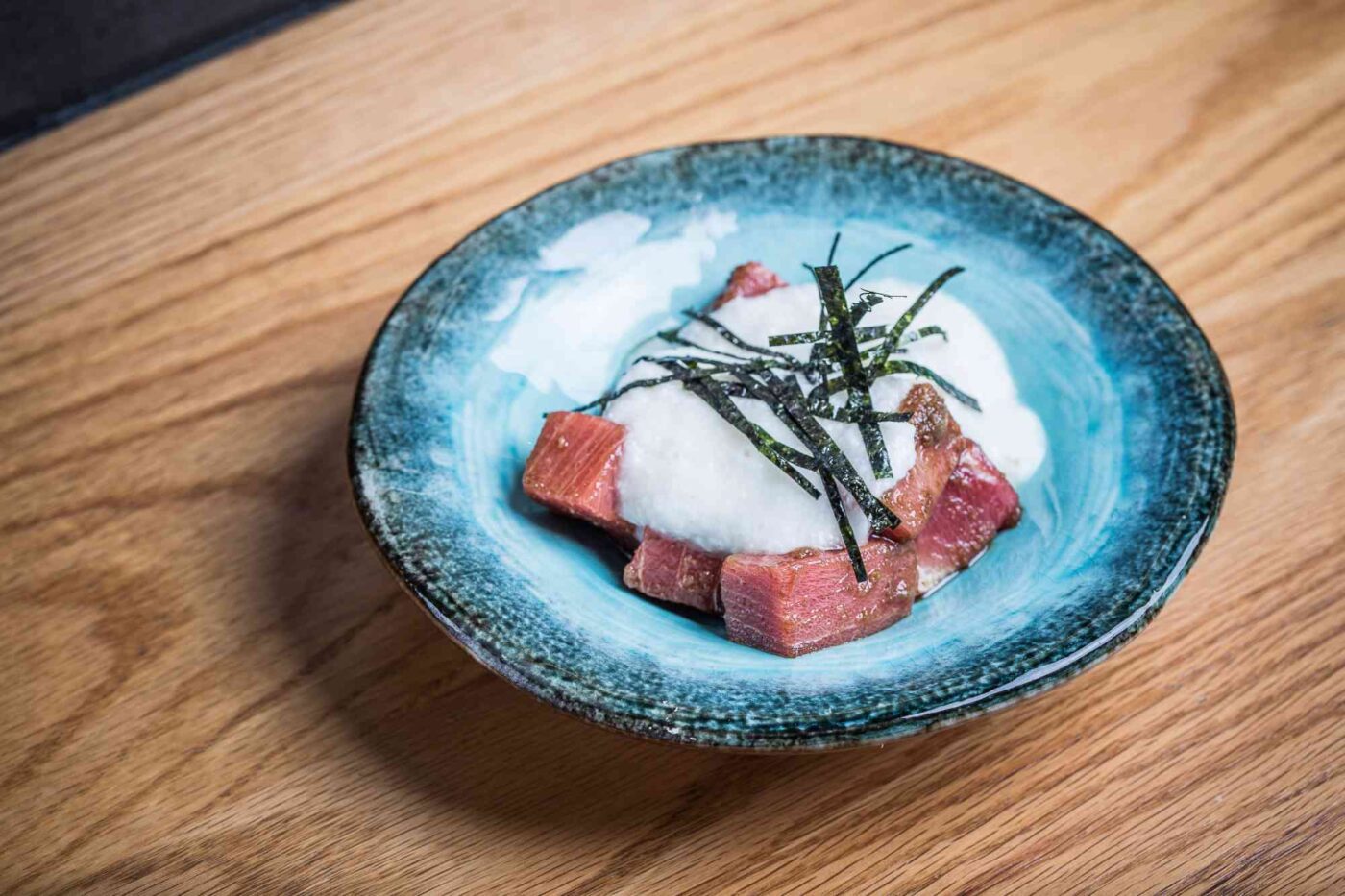
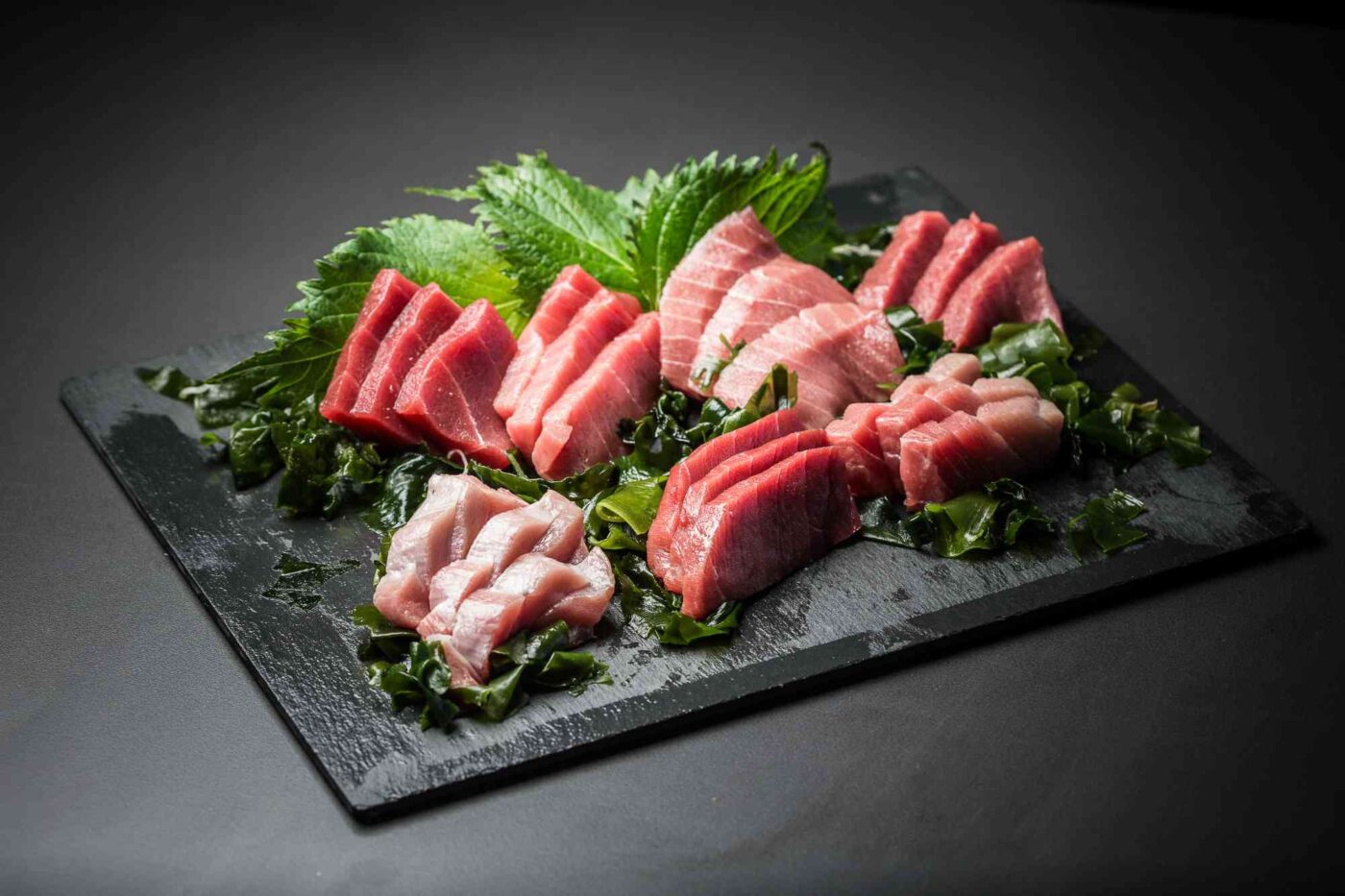
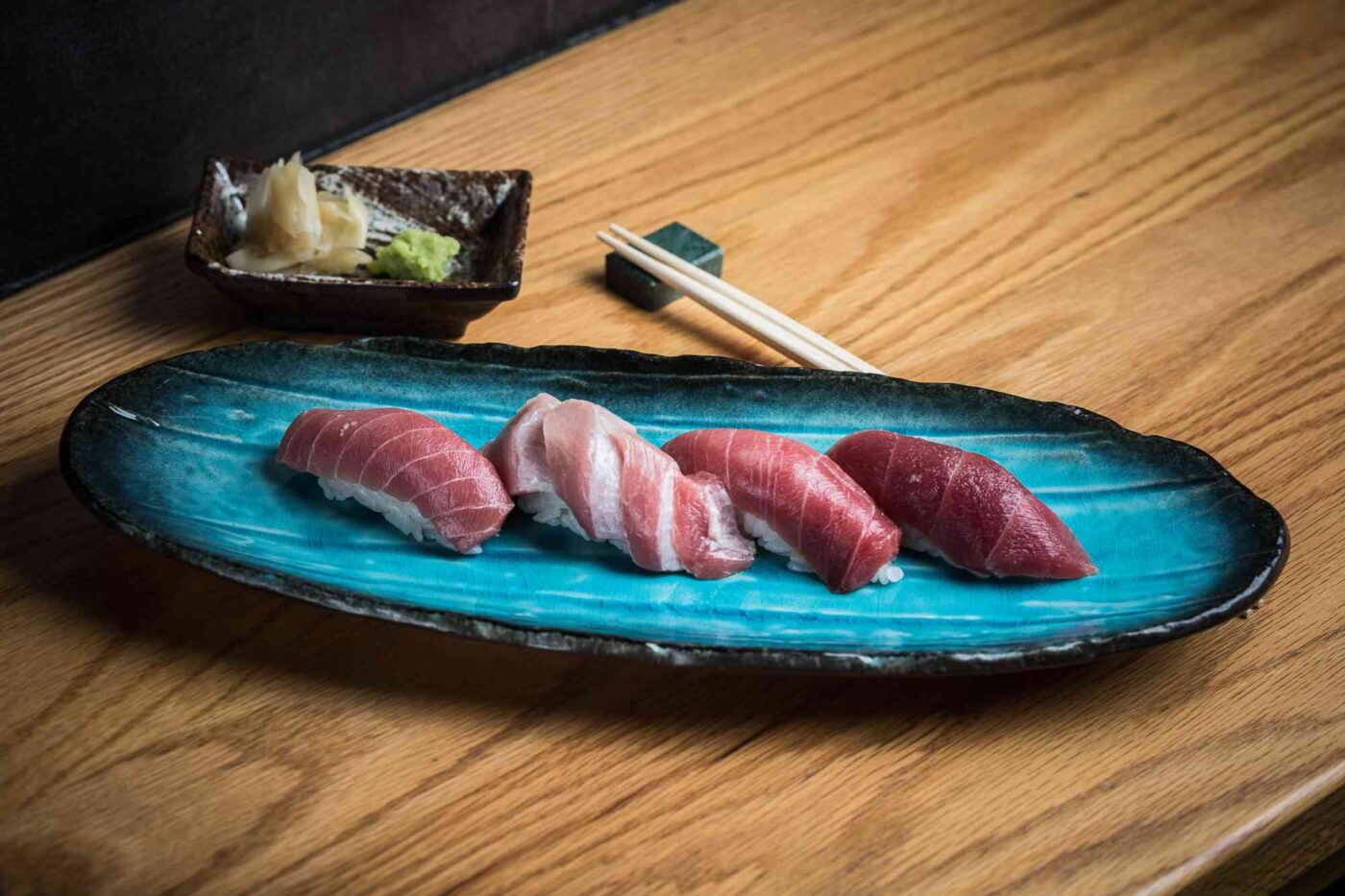
“If I want real purism and personality in my cooking, I can’t have seven guys working here. I take real risks. I have very simple things that people recognise. And others that are more challenging for our taste buds and culinary culture. But people also know me for that risk. They come here for Japanese food as if they were in Tokyo or Osaka. There’s no fusion here. Just the croquettes. I left two tapas on the menu,” he concludes. Whenever his energy levels or spirits are down, Juan Bautista always draws strength by taking a glance at the pride of place at his counter. Where Masao Kikuchi’s old walking stick hangs. THE END
